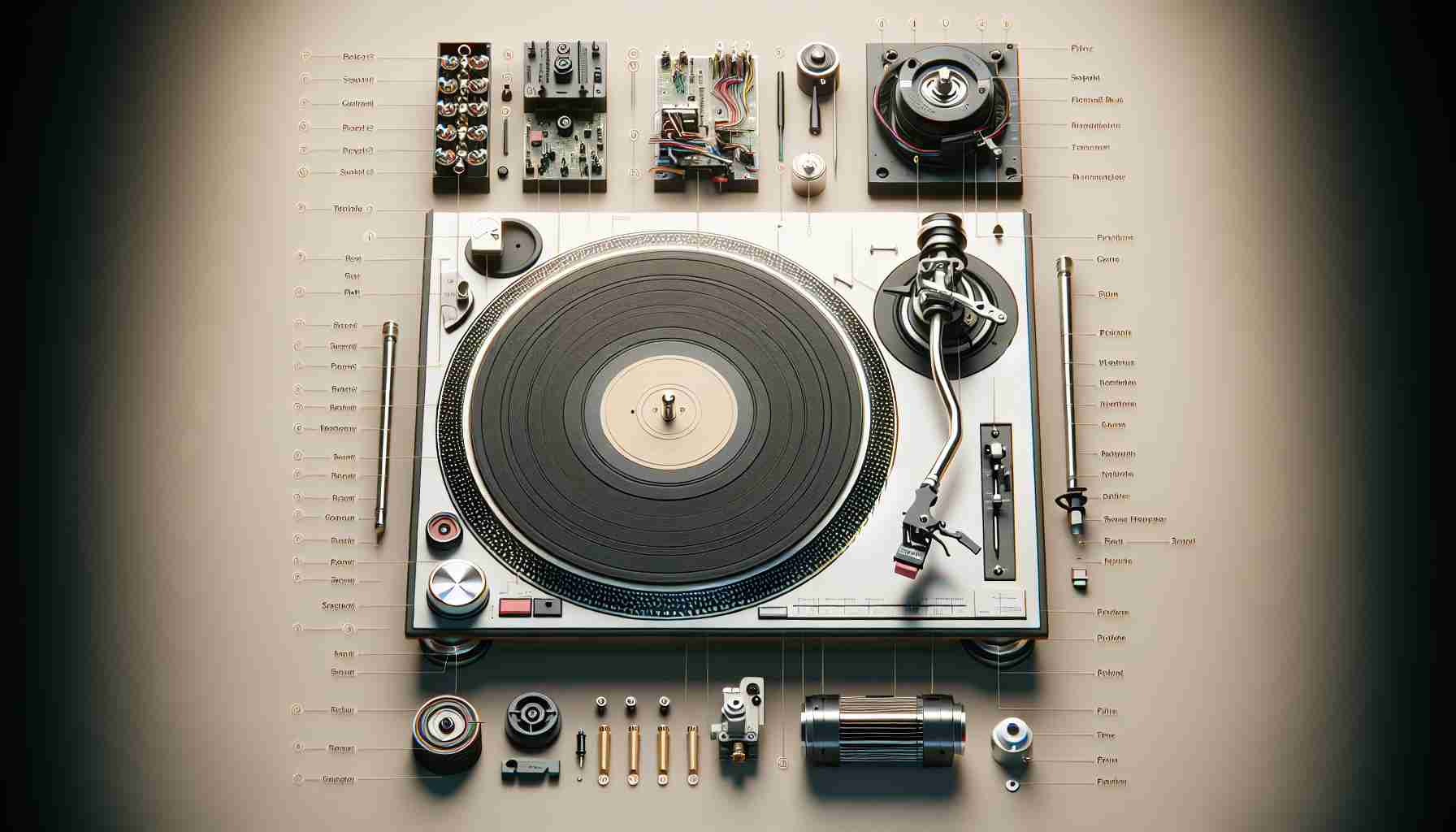A Look at Turntable Construction
When examining a turntable, it is essential to understand its fundamental components. These include the sturdy plinth or base that houses the intricate machinery, the rotating platter where the vinyl record rests, the motor which facilitates the spinning motion, and the delicate tonearm that carries the stylus.
Motor Mechanisms in Turntables
Turntables today employ various motor mechanisms, each with its unique functionalities. Belt drive systems use a rubber belt to spin the platter, catering more towards general consumers. In contrast, direct drive systems feature a dedicated motor actively spinning the platter, commonly favored by DJs for its efficiency and precision.
Cartridge Matters
At the heart of every record player lies the cartridge, a crucial element responsible for translating the grooves of a vinyl into sound. The cartridge, often user-replaceable, grants the freedom to experiment with diverse stylus options, enhancing the overall audio quality and listening experience.
Enhanced Functionality
Modern turntables boast convenient upgrades, such as electronic speed switches eliminating the hassle of manual adjustments. Additionally, onboard preamps equip users with the flexibility to elevate their sound quality to meet individual preferences and accommodate various music genres seamlessly.
Exploring Digital Advancements
Beyond traditional functionalities, contemporary turntables offer a myriad of digital capabilities, like Bluetooth connectivity and USB integration, catering to diverse user needs and enhancing overall versatility in audio playback options.
Diverse Price Points
While turntable prices vary significantly, quality models typically start around $300. For audiophiles seeking top-tier performance, investing in models upwards of $1,000 may be warranted. However, a range of options exists, ensuring there is a turntable suited to every budget and preference.
Additional Facts:
– Turntables have been making a resurgence in recent years, driven by a renewed interest in vinyl records and analog sound quality among music enthusiasts.
– Some advanced turntable models feature built-in phono stages, which amplify the signal from the cartridge to a level suitable for amplification by the main audio system.
– High-end turntables may utilize materials such as carbon fiber or acrylic in their construction to reduce unwanted vibrations and enhance sound clarity.
– The tonearm on a turntable can significantly impact sound quality, with designs varying from straight to S-shaped to tangential tracking tonearms with each offering different benefits for accuracy and tracking.
Key Questions:
1. What factors should be considered when selecting a turntable beyond the basic components?
2. How important is the quality of the cartridge in influencing the sound output of a turntable?
3. What role do tonearms play in the overall performance of a turntable, and how does their design impact sound quality?
Advantages:
– Turntables offer a warm, rich sound that many audiophiles prefer over digital formats.
– The tactile experience of playing vinyl records can be nostalgic and enjoyable for music lovers.
– Upgradability and customization options allow users to tailor the sound of their turntable to their preferences.
Disadvantages:
– Turntables require regular maintenance, such as cleaning the stylus and adjusting tracking force, which may be intimidating for beginners.
– Vinyl records are susceptible to wear and tear over time, affecting sound quality with repeated plays.
– High-end turntables and associated components can be expensive, making entry into the hobby of vinyl listening a potentially costly venture.
Suggested Related Links:
– What Hi-Fi
– Stereophile
– Sound & Vision



